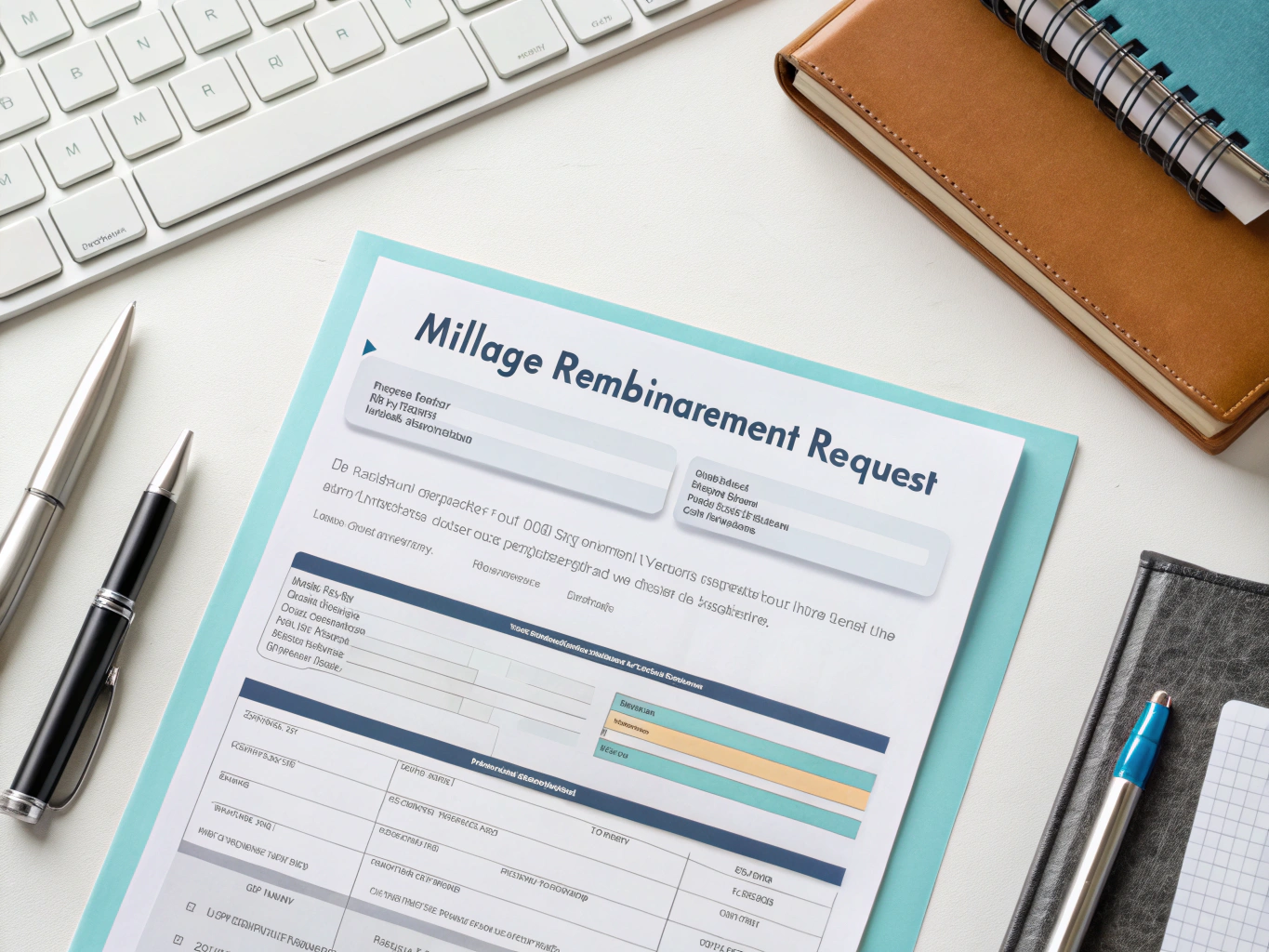What is a Suspension?
A suspension is a temporary disciplinary action taken by an employer, where an employee is required to leave their workplace for a specified period. This measure can be initiated by the employer or may follow a predetermined timeline based on workplace policies. Suspensions are typically employed to address serious violations of company policies, misconduct, or while an investigation is underway.
Template
Below is a template you can customize for your organization’s needs:
Purpose and Benefits
This suspension form serves multiple purposes, primarily ensuring a structured and documented approach to disciplinary action. By utilizing this form, you can maintain clarity regarding the reasons for suspension, provide a record of the process, and uphold fairness in employee treatment.
- Documentation: Keeps a formal record of the suspension, which can be vital if further action is required.
- Transparency: Provides clear communication to the employee regarding the reasons for their suspension.
- Consistency: Ensures that all disciplinary actions are handled uniformly across the organization.
- Legal Protection: Helps protect the organization from potential legal disputes by documenting the disciplinary process.
Essential Components
The following elements are crucial for a comprehensive suspension form:
- Date: Essential for tracking the timeline of events and decisions.
- Employee Name: Identifies the individual involved in the suspension.
- Issued By: Indicates who is responsible for the disciplinary action, adding accountability.
- Reasons for Suspension: Provides clarity on why the suspension is occurring, which is vital for transparency.
- Signatures: Includes both the employee’s and supervisor’s signatures to acknowledge understanding and agreement with the suspension.
How to Use This Form
Implementing this suspension form effectively requires thoughtful consideration and adherence to company policies. Here are some practical tips for using this form correctly:
- Review Policies: Familiarize yourself with your organization’s disciplinary policies to ensure compliance when issuing a suspension.
- Provide Context: When filling out the form, provide detailed reasons for the suspension to avoid ambiguity.
- Communicate Clearly: Discuss the suspension with the employee in a private setting, ensuring they understand the reasons and implications.
- Keep Records: Store the completed form securely in the employee’s personnel file for future reference.
Legal and Compliance Considerations
When suspending an employee, it’s essential to adhere to labor laws and regulations. Ensure that you are not violating any employment contracts or discrimination laws. Consulting with legal counsel before taking disciplinary actions can help mitigate risks and ensure compliance with applicable laws.
Best Practices
To maximize the effectiveness of the suspension form, consider these best practices:
- Be Consistent: Use the same format and process for all suspensions to ensure fairness and objectivity.
- Follow Up: After the suspension period, meet with the employee to discuss their return and any necessary adjustments.
- Document Everything: Keep detailed notes of conversations and decisions leading up to the suspension for clarity and accountability.




